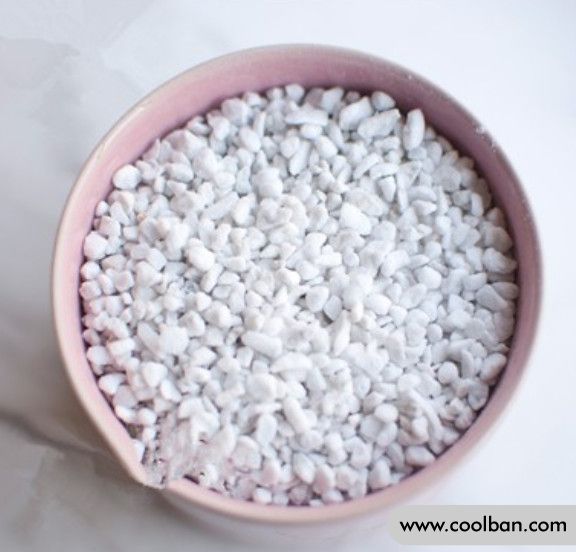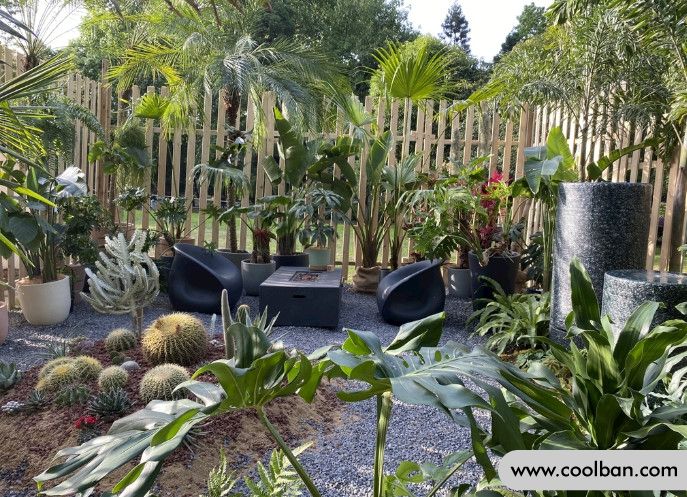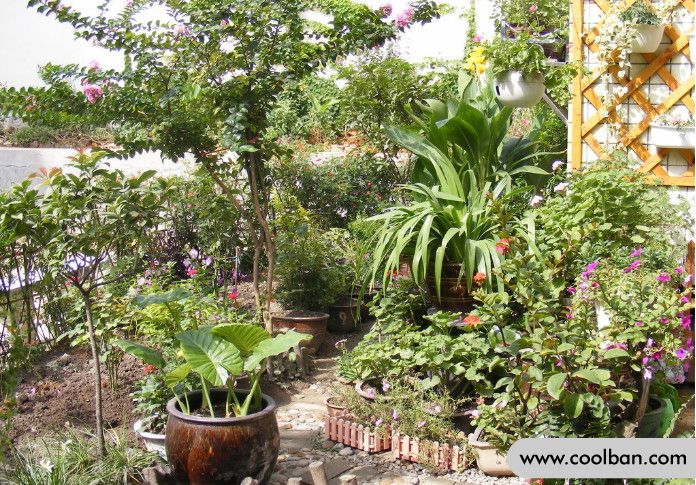What is the role of horticultural perlite?
Perlite is a commonly used insulating material. The role of horticultural perlite is to loosen the soil and allow the exchange of water, air and fertilizers so that plants can absorb nutrients. At the same time, it is easy to transplant, easy to carry, and maintain the stability of the soil structure.

Characteristics of perlite:
There are many small holes in perlite, which can promote the growth of plant roots and make it have better growth conditions. Perlite has good water retention and moisturizing properties, and can transport water and nutrients to plants for a long time.
Perlite is an excellent soil material that regulates the soil and prevents soil compaction. It stabilizes the structure of the soil so that the plants do not skew. Perlite contains an acidic substrate, which is an alkaline-loving plant. If it is an alkaline-loving plant, it will easily lead to the withering of the plant.
Perlite is the most suitable plant for receiving water. It has many tiny holes on its body that can absorb water and nutrients. It can effectively prevent the rapid evaporation of water, and has good water storage and drainage performance. Perlite is a honeycomb that, when sprayed with pesticides, absorbs a small portion of it and then releases it.

The main effect of perlite on flower cultivation:
Perlite for gardens can loosen the internal structure of the soil and absorb water and nutrients from the soil to avoid rapid water loss. Perlite has the effect of conditioning the soil and preventing it from hardening. In order to avoid the lodging of plants, after spraying pesticides, the honeycomb holes can play a diluting effect.
The main function of perlite in flower art is to stabilize the soil, store water, and prevent hardening. Adding a certain amount of perlite can allow plants to better absorb Veyron elements, make the soil more transparent, and allow the roots of plants to take root in the soil. germination. Because of its water absorption, in winter, even if it is not watered, it can absorb water from the pearl stone and will not die due to lack of water.

Main functions 1. Stability: Appropriate amount of pearl stone can be added, the soil is relatively stable, which can promote the absorption of plants and promote the growth of plants.
Main function 2. Water storage: Perlite has good water absorption, and can store 3-4 times of water after absorbing water, especially in winter, it can maintain humidity, and even if there is no irrigation, it will not wither due to lack of water. The interior of perlite is a honeycomb structure, which is a porous material that can be adsorbed on the roots of plants, and this material has good water absorption, allowing the roots of plants to absorb the water and moisture in perlite. Nutrition.
Main function 3. Anti-hardening: Soil hardening has a great influence on the growth of plants. After adding perlite, it can increase air permeability and avoid hardening. At the same time, it can also promote the root system of the plant to spread in the pot soil and promote the growth of the plant. In addition, the pesticides used in the planting process can also be diluted directly to avoid excessive pesticides that will affect the growth of plants.

Perlite for gardening Instructions for use:
Perlite is suitable for acidic plant growth, but not suitable for alkaline plant growth. Although pearl stone is widely used, it has no nutrition and cannot be planted alone, because its particles are too large to be directly used for planting. In addition, it must be cleaned before use, especially perlite, and must be disinfected after use, so that the residual bacteria will not affect the new plants.
